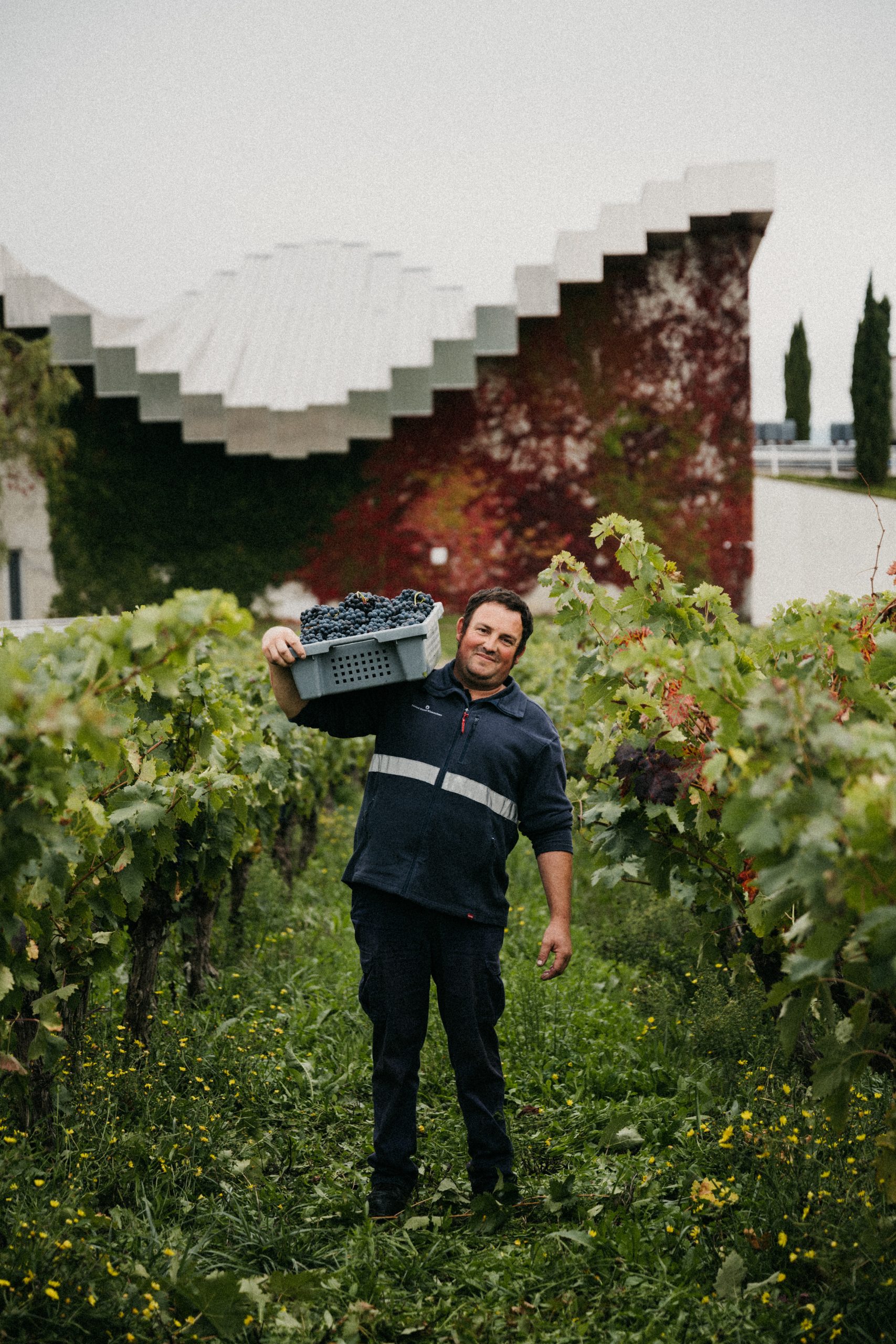New book blasts ‘cruel’ Saint Emilion
A new book published in France this week has singled out the Saint Emilion classification of 2012 as “illustrative” of many problems with wine in France.
“Vino Business” by French journalist Isabelle Saporta, takes a swipe at the “cruel, medieval micro-society”, the “omerta” of big château owners and even critics and reviewers that she says dominate the country’s industry.
Saporta is a journalist with no previous connections to the wine industry but she has written before on intensive agriculture, in 2011 publishing “The Black Book of Agriculture: How we are killing our farmers, our health and the environment”, and in 2009 “Let’s not mince words, eat differently to live better“.
She told La Revue du Vin de France that she was intrigued by the lack of a list of ingredients on a wine label and that had led to a two year investigation into viticulture during which time she came across what she described as, at times, a “detestable” world.
In her interview with LRVF, she describes Saint Emilion in particular as being like the TV show “Dallas”, claiming there is “infinite cruelty” from larger producers towards the smaller ones.
She laments (both in the book and her interviews) how regions like Saint Emilion that were once home to family producers have given way to multi-millionaire investors.
She added that it was easiest to see in Bordeaux as it is the richest region in France but that similar parallels might be drawn in Champagne or even Burgundy.
Regarding the controversial 2012 classification in Saint Emilion, Saporta’s claims will likely throw further fuel on the fire with her accusations that the larger châteaux “fix” the criteria every time to allow them to retain their hegemony.
Alain Moueix, president of the Saint Emilion Grands Crus Association at the time defended the classification telling the drinks business that, as a process, it was “fully transparent”.
The Times reporting today (6 March) on the story cited Saporta’s claim that taste accounts for only “30% of the marks that determine which wines are placed on the A list” (grands crus classé A, of which there are now four).
Other “surreal criteria”, she says, include the size of the visitor car park, the comfort of the conference rooms and the overall architecture.
Franck Binard, director of the council of Saint Emilion wines, told The Times that the book was “excessive and hollow”.
Partner Content
He did admit that other criteria aside from tasting were used to judge a winery’s suitability for a top ranking but that these were (among other things) the wine’s reputation, the quality of its terroir and the winemaking itself.
Other targets in Vino Business include the châteaux owners who take hefty European Union funds with, says Saporta, no regard for taxpayers as they target big profits.
Pavie, controversially raised to a grand cru classé A status in 2012, is said to have claimed €211,000 of European taxpayers’ money in 2013 and Château La Fleur Saint Georges in Lalande-de-Pomerol, €969,000.
In fact there have been recent complaints from some parts of Bordeaux where at least one mayor has called out estates owned by huge insurance companies and multinationals but which still claim tax breaks intended to support smaller producers.
She adds further that “sycophantic” critics in France allow these estates to get away with such abuses and that many are happy to write positive reviews in exchange for various favours including (in one instance) one critic allegedly demanding €5,000 to guarantee a good mention.
The allegation is similar to that which convulsed The Wine Advocate in 2011 when Jay Miller was accused of taking money in return for high scores.
In her interview with LRVF, Saporta stated that she wanted to see the Institut National de l’Origine et de la Qualité, the INAO, reclaim its role as a “gendarme” in the French wine industry.
“The demarcation of origin is laudable,” she said. “namely to show the richness of the terroirs of France but this idea has been derailed because today the big producers are judge and jury. The INAO must retake control!”
She stressed that the investors she so abhors “know how to make good wine” and that her investigation left her more in love with wine than when she started, particularly for those that “live viscerally for wine”.




